The exhibition gathered many artists, both those who worked during the war and those who created in peacetime, with many genres of paintings such as oil, acrylic, lacquer, sketches... But it seems that works created during the war have greater appeal, especially sketches created at "fire coordinates". Like artist Pham Ngoc Lieu, who spent a period of time creating in one of the most fierce places in the early 1970s - the B5 battlefield, Quang Tri - Vinh Linh area. The days accompanying the liaison, information troops and officers and soldiers on the front line provided the young artist at that time with a source of emotions for him to "shorthand" what he felt and felt obliged to record truthfully.

What has happened with resistance painting, through “Song of Unification”, once again shows the power of the sketch genre, whether it is charcoal, iron pen, metal pen, watercolor, felt-tip pen. Resistance sketches were born during the war, popular in resistance life because of the flexibility of tools, forms of expression and the ability to quickly, accurately, and emotionally preserve the fight for independence and freedom as well as the image of revolutionary soldiers... It is a special art treasure, as the Ho Chi Minh City Museum of Fine Arts alone has a collection of more than 3,000 sketches created on the battlefield, which not only need to be well preserved but also need to be widely introduced to viewers nationwide, especially the young generation.
Regarding the above mentioned promotional goal, an “open” exhibition like “Song of Unification” on the occasion of the whole country's joy is an organization that can be replicated.
Source: https://hanoimoi.vn/an-tuong-voi-ky-hoa-va-bai-ca-thong-nhat-701779.html


![[Photo] Prime Minister Pham Minh Chinh receives Swedish Minister of International Development Cooperation and Foreign Trade](https://vphoto.vietnam.vn/thumb/1200x675/vietnam/resource/IMAGE/2025/5/12/ae50d0bb57584fd1bbe1cd77d9ad6d97)

![[Photo] Prime Minister Pham Minh Chinh starts construction of vital highway through Thai Binh and Nam Dinh](https://vphoto.vietnam.vn/thumb/1200x675/vietnam/resource/IMAGE/2025/5/12/52d98584ccea4c8dbf7c7f7484433af5)


![[Photo] Prime Minister Pham Minh Chinh works with the Standing Committee of Thai Binh Provincial Party Committee](https://vphoto.vietnam.vn/thumb/1200x675/vietnam/resource/IMAGE/2025/5/12/f514ab990c544e05a446f77bba59c7d1)



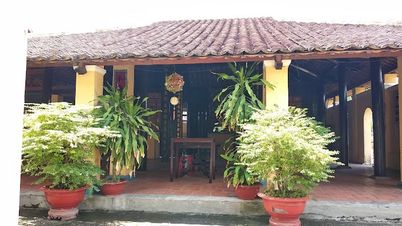





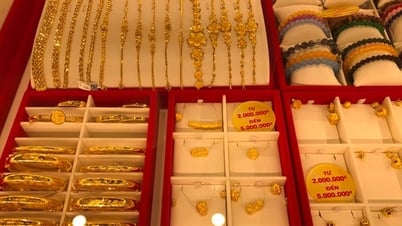
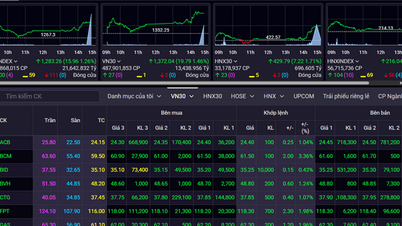
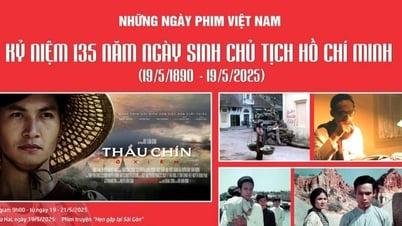
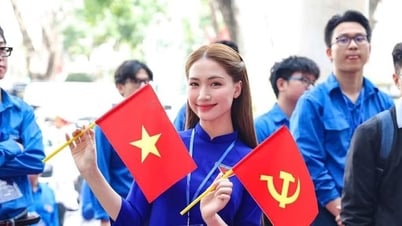
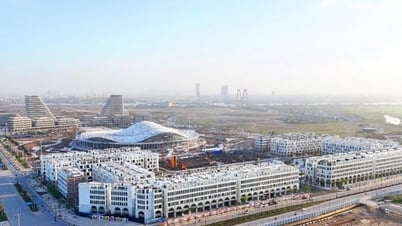
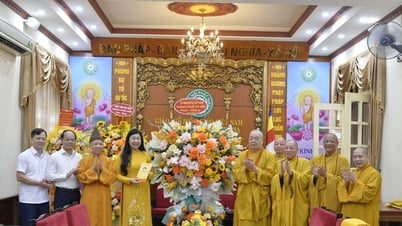

















































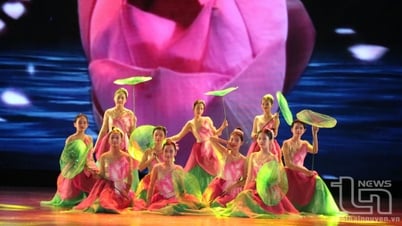

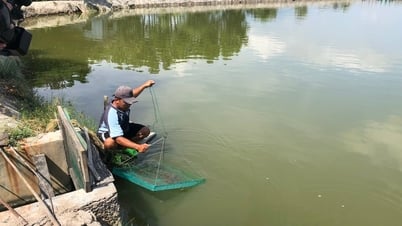

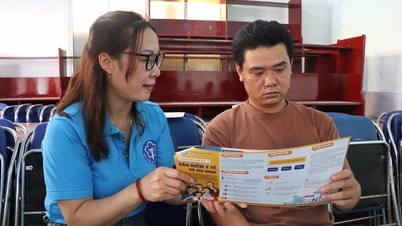
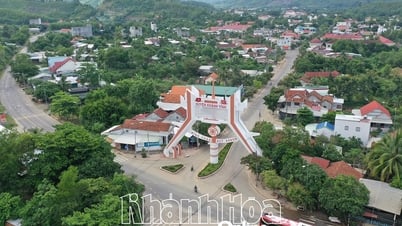











Comment (0)